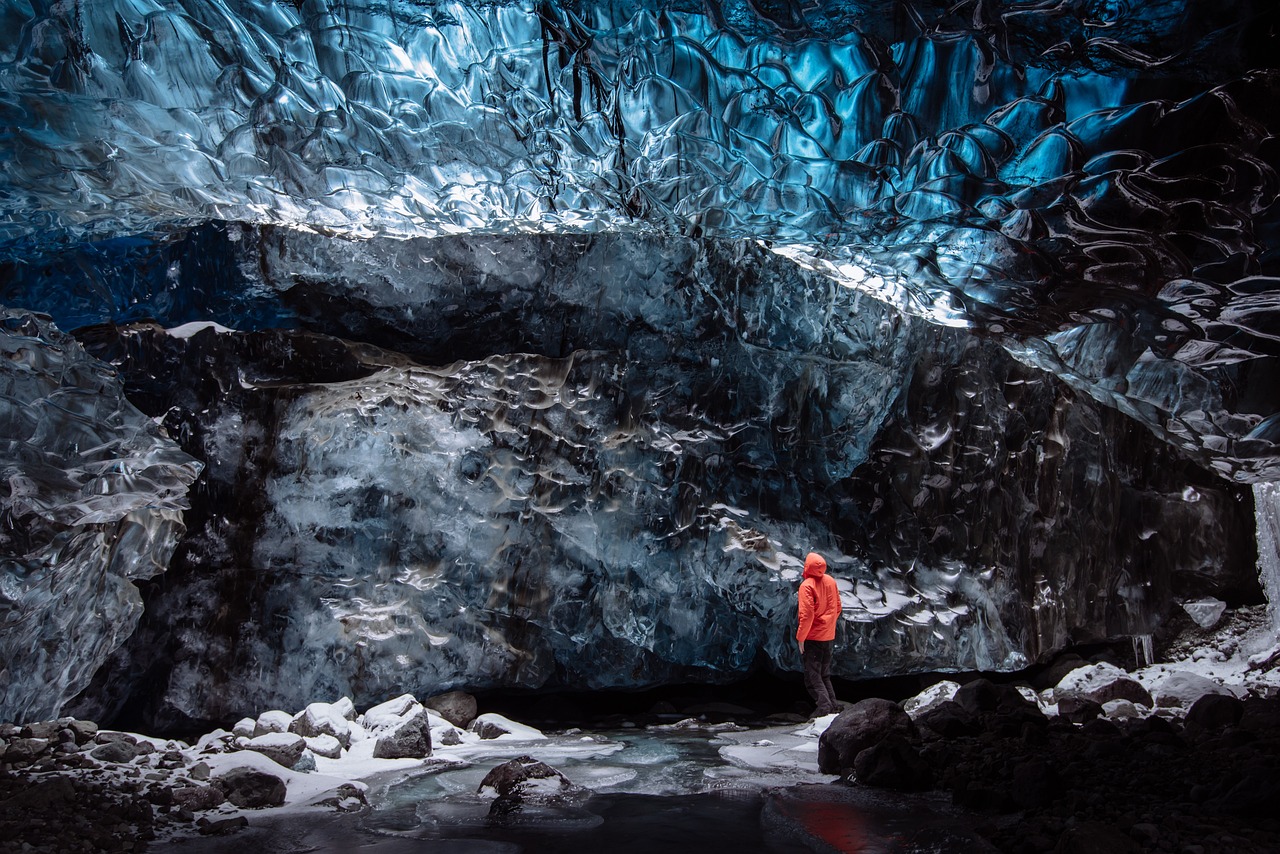Retaining Productivity: Facing Common Challenges in Iceland
Iceland, known for its stunning landscapes and vibrant culture, faces unique challenges when it comes to retaining productivity in its workforce. From the small population size to the isolated location, there are several factors that impact the productivity levels in Iceland. In this article, we will explore these challenges and discuss potential solutions to ensure a productive workforce.
Geographical Isolation
Iceland’s geographical isolation presents a significant challenge when it comes to retaining productivity. With limited transportation options and long distances between cities and towns, it can be difficult for workers to commute efficiently. This can result in increased travel time and fatigue, ultimately affecting productivity levels.
- Limited Transportation Infrastructure: Iceland’s transportation infrastructure is primarily based on roads, making it challenging to commute between different regions. The lack of a comprehensive public transportation system further exacerbates this issue.
- Long Commute Times: Due to the vast distances between towns and cities, workers often have to endure long commute times, which can lead to fatigue and decreased productivity.
- Weather Conditions: Iceland’s unpredictable weather conditions, including heavy snowfall and strong winds, can further hinder commuting and impact productivity.
Small Population Size
Iceland’s small population size presents both advantages and challenges for retaining productivity. While a small population fosters a close-knit community and strong social bonds, it also means a limited pool of skilled workers and resources.
- Limited Workforce: With a small population, Iceland faces challenges in terms of sourcing a diverse and skilled workforce. This can result in a talent shortage and hinder productivity in certain industries.
- Brain Drain: Due to limited career opportunities, some highly skilled individuals may choose to seek employment abroad. This brain drain can impact productivity and hinder the growth of certain sectors.
- Resource Constraints: Iceland’s small population also means limited resources, both in terms of physical infrastructure and funding for research and development. This can hinder innovation and productivity in certain sectors.
Harsh Environmental Conditions
Iceland’s unique geographical location exposes it to harsh environmental conditions, which can have a direct impact on productivity. The country’s active volcanoes, extreme weather, and limited daylight hours pose challenges for workers.
- Volcanic Activity: Iceland is known for its active volcanoes, which can disrupt transportation, damage infrastructure, and pose risks to worker safety. These disruptions can significantly impact productivity.
- Extreme Weather: Iceland experiences extreme weather conditions, including storms and sub-zero temperatures. These conditions can make it challenging for workers to commute and perform their duties effectively, impacting productivity.
- Seasonal Variation: Iceland’s proximity to the Arctic Circle means it experiences long daylight hours in the summer and short daylight hours in the winter. This seasonal variation can affect workers’ circadian rhythms and productivity levels.
Education and Skills Gap
While Iceland boasts a highly educated workforce, there is still a skills gap in certain industries. This gap can hinder productivity and limit growth potential.
- Industry-Specific Skills: Some industries in Iceland require specialized skills that may not be readily available in the local workforce. This skills gap can lead to decreased productivity and hinder industry growth.
- Continuing Education: Encouraging lifelong learning and providing opportunities for workers to enhance their skills can help bridge the education and skills gap, leading to increased productivity.
- Collaboration with Educational Institutions: Establishing partnerships between businesses and educational institutions can help align educational programs with industry needs, filling the skills gap and boosting productivity.
Conclusion
Retaining productivity in Iceland is a complex task due to various challenges, including geographical isolation, a small population size, harsh environmental conditions, and an education and skills gap. However, by addressing these challenges through improved transportation infrastructure, talent retention strategies, resilience in the face of environmental conditions, and targeted educational initiatives, Iceland can overcome these obstacles and ensure a productive workforce.
Iceland Image 1:

Iceland Image 2:

Iceland Image 3:

References
- Icelandic Transport Authority: www.samgongustofa.is
- Icelandic Meteorological Office: en.vedur.is
- University of Iceland: www.hi.is
- Icelandic Directorate of Education: www.skolamalastofnun.is

